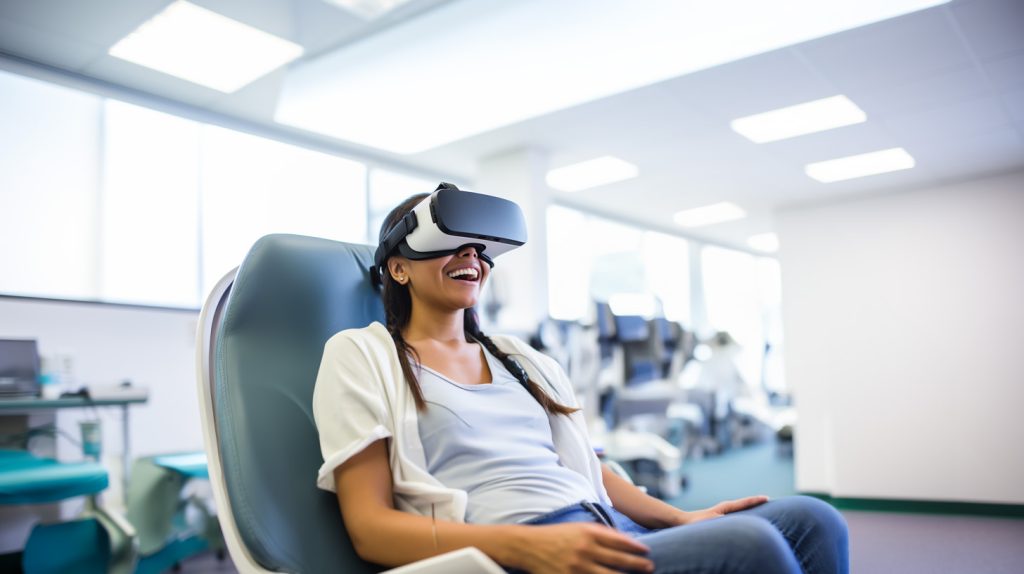Scientific research
Virtually magic? 20 studies about whether virtual reality can actually alleviate acute pain

Exploring Virtual Reality Rehabilitation Programs: A Comprehensive Meta-Analysis and Systematic Examination of the Literature
In the ever-evolving landscape of medical technology, virtual reality (VR) has emerged as a beacon of hope for many. With its immersive experiences, VR offers a unique approach to pain management, particularly for adults undergoing medical procedures or grappling with chronic pain conditions. But how effective is it, really?
To gain a comprehensive understanding of VR’s potential in pain management, Brian Mallari, Emily K Spaeth, Henry Goh & Benjamin S Boyd embarked on a systematic review of existing research. The project led them to find 20 distinct studies, spanning from January 2007 to December 2018, each delving into the nuances of VR’s impact on pain.
Of the 20 studies, half focused on acute pain scenarios. These included pain arising from burns or other specific medical procedures. The other half of the studies delved into chronic pain scenarios, including conditions such as musculoskeletal pain, neuropathic pain, mixed musculoskeletal pain, and other unspecified chronic pain conditions.
The result? VR has shown promising results in diminishing acute pain both during and post-procedure. The immersive nature of VR aims to distract and comfort patients, making their experiences more bearable. As the technology advances and VR becomes more sophisticated, there’s hope that it could become a new cornerstone in pain management strategies.
To find out more about the study and findings, visit the page here.
SyncVR sits at the intersection of technology and healthcare with results and testimonies from its clients giving evidence that virtual reality can be the future of pain relief. If you’re curious about how VR can revolutionize patient care at your facility, we invite you to explore the innovative offerings of SyncVR and book a demo with us to witness firsthand the positive impact of VR in healthcare. Otherwise, as we continue to explore its potential, we remain hopeful that VR can offer lasting relief to those in pain. For now, the journey of discovery continues, and we’re eager to see where it leads.